Home>Dining>Tableware>What Qualities Do Floor Coverings Used In Kitchen And Dining Areas Require?
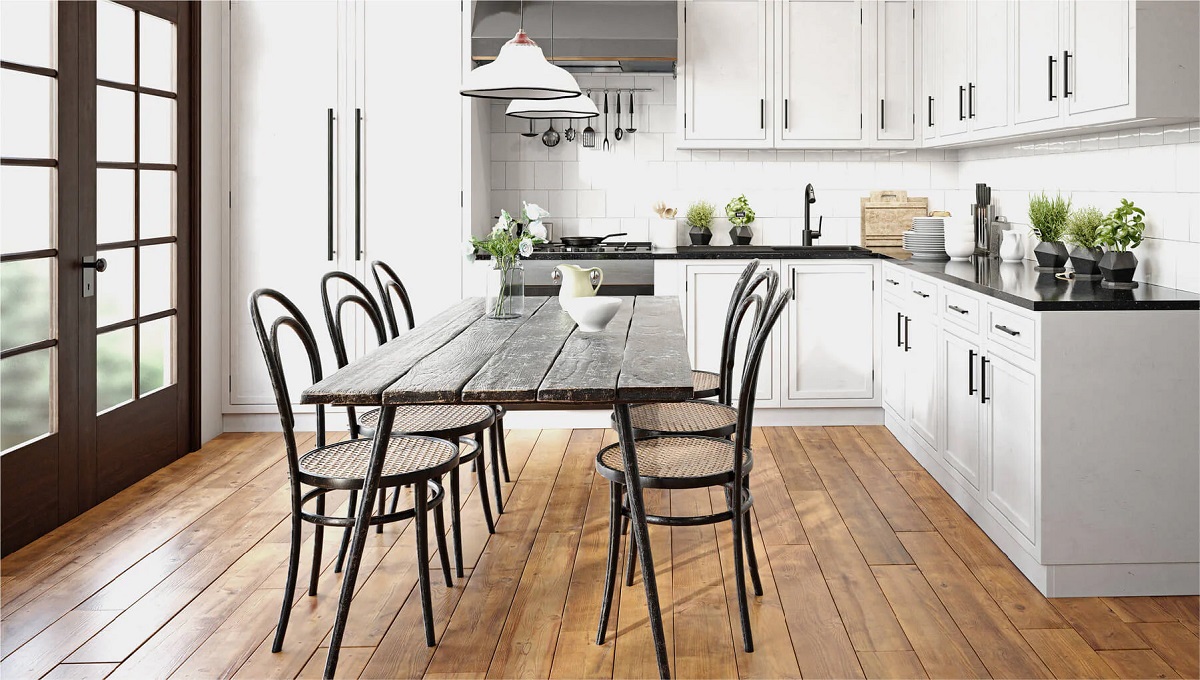

Tableware
What Qualities Do Floor Coverings Used In Kitchen And Dining Areas Require?
Modified: April 22, 2024
Discover the essential qualities that tableware for kitchen and dining areas should possess. Explore durability, style, and functionality to create a perfect dining space.
(Many of the links in this article redirect to a specific reviewed product. Your purchase of these products through affiliate links helps to generate commission for Storables.com, at no extra cost. Learn more)
Introduction
When it comes to kitchen and dining areas, the right floor covering is essential. These spaces experience high traffic, spills, and constant use, requiring a tableware material that can withstand the demands of daily life. In addition to durability, other qualities such as water and stain resistance, slip resistance, and easy maintenance are vital considerations for choosing the perfect floor covering.
In this article, we will explore the key qualities that floor coverings used in kitchen and dining areas require. By understanding these factors, you will be able to make an informed decision and select a tableware material that not only meets your functional needs but also adds beauty and style to your space.
Key Takeaways:
- Choose durable, waterproof, and stain-resistant floor coverings like ceramic tiles, porcelain, or luxury vinyl plank for kitchen and dining areas. These materials offer easy maintenance and protection against daily wear and tear.
- Prioritize slip-resistance, easy cleaning, and heat resistance when selecting floor coverings for kitchen and dining areas. Consider materials like cork, rubber, or ceramic tiles to create a comfortable, safe, and visually appealing space.
Durability
One of the most important qualities to consider when choosing a floor covering for kitchen and dining areas is durability. These areas can be subjected to heavy foot traffic, the movement of furniture, and accidental spills. Therefore, the floor covering should be able to withstand the daily wear and tear without showing signs of damage or deterioration.
Opt for tableware materials that are known for their durability, such as ceramic tiles, porcelain, or natural stone. These options are resistant to scratches, cracks, and chips, making them ideal for high-traffic areas. Laminate flooring and vinyl are also durable choices that can mimic the look of natural materials while providing enhanced durability.
It is important to choose a floor covering that is specifically designed for kitchen and dining areas to ensure it is robust enough to withstand the demands of these spaces. Consider the thickness and quality of the material to ensure it will last for years without losing its appeal.
Waterproof or Water-Resistant
In kitchen and dining areas, spills and moisture are inevitable. That’s why it is crucial to choose a floor covering that is either waterproof or water-resistant to protect against potential water damage.
If you’re looking for a floor covering that can withstand significant water exposure, consider materials such as ceramic tiles, porcelain, or luxury vinyl plank (LVP). These options have low water absorption rates, making them highly resistant to water damage. Additionally, they are easy to clean and maintain, ensuring that any spills or messes can be quickly wiped away without leaving stains or lingering moisture.
On the other hand, if you prefer a slightly less water-resistant option, laminate flooring and engineered hardwood can be good choices. These materials are designed with a protective layer that helps to repel moisture and prevent water from seeping into the core. However, it’s important to note that they are not completely waterproof and may sustain damage if exposed to excessive moisture for extended periods.
When selecting a waterproof or water-resistant floor covering, consider the installation method as well. Ensure that the seams or joints are properly sealed to prevent water infiltration between the flooring pieces. This will further enhance the water resistance of the tableware and provide added protection against potential damage.
Stain-Resistance
In kitchen and dining areas, spills and food stains are inevitable. That’s why it is important to choose a floor covering that is resistant to stains to ensure easy cleanup and maintain the overall appearance of the space.
When it comes to stain-resistant tableware materials, ceramic tiles, porcelain, and quartz countertops are among the top choices. These materials have a non-porous surface that resists staining, allowing spills to be easily wiped away without leaving a lasting mark. Similarly, luxury vinyl plank (LVP) and laminate flooring are designed to be stain-resistant, making them suitable options for busy kitchen and dining areas.
It is recommended to choose floor coverings with a protective layer or a stain-resistant sealant to provide an extra layer of defense against staining. This sealant prevents spills from penetrating the surface and acts as a barrier against potential stains. Regular cleaning and prompt cleanup of spills are also essential to maintain the stain-resistance properties of the tableware material.
It’s important to note that even stain-resistant materials may show signs of discoloration if spills are left unattended for an extended period. Therefore, it’s always advisable to quickly wipe away any spills or messes to prevent staining.
By selecting a stain-resistant floor covering for your kitchen and dining areas, you can enjoy peace of mind knowing that any accidental spills or food stains can be easily and efficiently removed, leaving your floors looking clean and pristine.
Slip-Resistance
Safety is a top priority in kitchen and dining areas, considering the potential for accidental slips and falls. Therefore, it is essential to choose a floor covering that offers adequate slip-resistance to minimize the risk of accidents.
When it comes to slip-resistance, materials with textured or non-slip surfaces are the ideal choices. For example, ceramic tiles with a slightly textured finish or matte porcelain tiles provide good traction underfoot. Additionally, luxury vinyl plank (LVP) with an embossed surface can also offer enhanced slip-resistance.
Another factor to consider for slip-resistance is the surface finish of the floor covering. Avoid high-gloss finishes, as they can be slippery, especially when wet. Instead, opt for materials with a matte or satin finish, which provide better grip and reduce the likelihood of slips and falls.
For added protection, you can also use area rugs or non-slip mats in areas of the kitchen or dining room that are prone to spills or excessive moisture, such as near the sink or dining table. These rugs or mats can provide an extra layer of slip-resistance and reduce the risk of accidents.
Regular maintenance and cleaning of the floor covering are crucial to ensure the longevity of its slip-resistant properties. Remove any grease, spills, or debris promptly to maintain the traction provided by the tableware material.
By selecting a slip-resistant floor covering, you can create a safer environment for yourself, your family, and your guests in the kitchen and dining areas, minimizing the risk of accidents and ensuring peace of mind.
Easy to Clean
In busy kitchen and dining areas, it’s essential to have a floor covering that is easy to clean. With the constant foot traffic, spills, and food residue, a tableware material that requires minimal effort to maintain its cleanliness is highly desirable.
One of the easiest-to-clean options is ceramic tiles. They are resistant to stains and spills, and any mess can be quickly wiped away with a damp cloth or mop. Porcelain tiles are also a great choice, as they are durable and have a non-porous surface that resists spills and stains. Luxury vinyl plank (LVP) and laminate flooring are known for their easy maintenance as well. Regular sweeping or vacuuming, along with occasional damp mopping, is usually sufficient to keep these surfaces clean and presentable.
It’s important to note that some natural stone materials, such as marble or granite, may require more specific maintenance to preserve their beauty and cleanliness. Always check the manufacturer’s guidelines and recommendations for cleaning these types of floor coverings.
For added convenience, consider materials with a protective layer that resists dirt and grime, making cleaning even easier. Additionally, choosing lighter-colored flooring can help camouflage any dirt or dust, giving the appearance of a cleaner space.
By selecting a floor covering that is easy to clean, you can save time and effort in your daily maintenance routine, ensuring that your kitchen and dining areas always look clean and inviting.
Look for floor coverings in kitchen and dining areas that are durable, easy to clean, and resistant to stains and moisture. Materials like ceramic tile, vinyl, and laminate are good options.
Heat Resistance
Kitchen areas are often subjected to high temperatures, especially near stoves, ovens, and other cooking appliances. Therefore, it is important to choose a tableware material that is heat-resistant to prevent any damage or discoloration.
Materials such as ceramic tiles, porcelain, and quartz countertops are known for their excellent heat resistance. They can withstand high temperatures without warping, melting, or becoming discolored. This makes them ideal choices for kitchen countertops or backsplashes, where hot pots, pans, and cooking utensils are frequently handled.
On the other hand, certain natural stone materials, such as marble or granite, may be less heat-resistant. While they can handle moderate heat, it’s still important to use heat-resistant pads or trivets to protect the surface from direct contact with hot objects.
When choosing a floor covering for kitchen areas, consider the proximity to heat sources and the likelihood of exposure to high temperatures. If the flooring will be in close proximity to cooking appliances or near a fireplace, it is important to choose a material that can withstand the heat.
By selecting a heat-resistant floor covering, you can enjoy peace of mind knowing that your kitchen surfaces will remain in pristine condition, regardless of the heat generated in the cooking process.
Resilience and Comfort
In kitchen and dining areas where you spend a significant amount of time cooking, entertaining, and dining, it is important to consider the resilience and comfort of the floor covering. A resilient floor can absorb impact, reduce fatigue, and provide a more comfortable experience.
Materials such as cork and rubber flooring are known for their resilience and shock-absorbing properties. These options can help reduce strain on your feet, legs, and back, making standing for long periods more comfortable. Additionally, cork and rubber are naturally cushioned, providing a softer surface to walk on compared to harder materials like tile or stone.
Luxury vinyl plank (LVP) and laminate flooring also offer some degree of resilience. They have a slight give underfoot, which can help reduce the strain on joints and muscles. However, it’s important to note that these materials may not offer the same level of cushioning and shock absorption as cork or rubber.
Consider the amount of time you will spend standing or walking in the kitchen and dining areas when choosing a floor covering. A resilient and comfortable surface can make a significant difference in your overall comfort and well-being while going about your daily activities.
Additionally, consider adding area rugs or mats in high-traffic areas, such as near the sink or stove, to provide extra cushioning and comfort. These rugs can also help protect the floor covering from excessive wear and tear.
By choosing a resilient and comfortable floor covering, you can create a more enjoyable and comfortable environment in your kitchen and dining areas, making your time spent in these spaces more pleasant.
Noise Reduction
In a bustling kitchen and dining area, having a floor covering that helps to reduce noise can greatly enhance the comfort and tranquility of the space. Noise reduction is especially important in open-concept kitchen and dining areas that are directly connected to other living spaces.
Materials such as cork and carpet are excellent choices for noise reduction. Cork flooring absorbs sound waves, preventing them from bouncing off hard surfaces and creating echoes. Similarly, carpet with a thick padding underneath can significantly reduce noise levels, making it a great option for reducing footstep noise and other household sounds.
Additionally, consider materials with sound-dampening properties, such as luxury vinyl plank (LVP) with an integrated underlayment or laminate flooring with foam backing. These options can help minimize the sound of footsteps and other impacts, creating a quieter environment.
If you prefer hard surface flooring, opt for materials with a textured or non-slip surface. This can help reduce noise by minimizing any potential slippage or friction between footwear and the floor surface.
Proper installation and the use of sound-insulating underlayment can also contribute to reducing noise levels. Before installation, discuss with your flooring professional to ensure the proper techniques and materials are used to maximize noise reduction.
By selecting a floor covering that offers effective noise reduction, you can create a more peaceful and harmonious environment in your kitchen and dining areas, promoting a sense of calm and relaxation.
Read more: What Kind Of Duvet Covers Do Hotels Use
Visual Appeal
Aside from the practical qualities, the visual appeal of the floor covering is also an important consideration in kitchen and dining areas. These spaces are often the heart of the home, where family and friends gather to enjoy meals and create lasting memories. Therefore, choosing a tableware material that enhances the overall aesthetic of the space is essential.
There are numerous options available to suit various design preferences and styles. Ceramic tiles offer a wide range of colors, patterns, and shapes, allowing you to create a unique and personalized look. Porcelain tiles provide a sleek and modern appearance, while natural stone materials such as marble or granite add a touch of elegance and luxury.
Luxury vinyl plank (LVP) and laminate flooring come in a vast array of finishes and textures, mimicking the look of real wood or stone at a more affordable price. These options can add warmth and character to the kitchen and dining areas. Additionally, vinyl and laminate are known for their versatility, making them suitable for both traditional and contemporary design styles.
Consider the overall design scheme of your kitchen and dining areas when selecting a floor covering. Choose a material that complements the existing décor and creates a cohesive look. It’s also worth considering the long-term durability of the design. Opt for classic and timeless options that will remain appealing for years to come.
Remember that the visual appeal of the floor covering extends beyond its appearance alone. Pay attention to the quality of the material, the precision of its installation, and the craftsmanship involved. These factors contribute to the overall aesthetic and can make a significant difference in the visual appeal of the space.
By selecting a visually appealing floor covering, you can transform your kitchen and dining areas into inviting and stylish spaces that reflect your personal taste and create a welcoming atmosphere for all who enter.
Conclusion
Choosing the right floor covering for kitchen and dining areas involves considering several key qualities that contribute to the functionality and aesthetics of the space. Durability is paramount, as these areas experience high foot traffic and occasional spills. Look for tableware materials like ceramic tiles, porcelain, or natural stone that can withstand daily wear and tear.
Waterproof or water-resistant floor coverings are crucial in kitchen and dining areas to protect against moisture damage. Opt for materials like ceramic tiles, porcelain, or luxury vinyl plank (LVP) that repel water and are easy to clean.
Stain-resistance is another essential quality to consider. Choose floor coverings that are resistant to stains, such as ceramic tiles, porcelain, or quartz countertops, for easy maintenance and a clean appearance.
Slip-resistant floor coverings can help prevent accidents in kitchen and dining areas. Look for materials with textured or non-slip surfaces, and consider matte or satin finishes to enhance grip and minimize slips.
Easy-to-clean floor coverings can make your daily maintenance routine more manageable. Consider materials like ceramic tiles, porcelain, luxury vinyl plank (LVP), or laminate flooring that are resistant to spills and stains and require minimal effort to clean.
Heat resistance is crucial, especially in areas near cooking appliances. Choose materials like ceramic tiles, porcelain, or quartz countertops that can withstand high temperatures without warping or discoloration.
Resilience and comfort are essential qualities for a comfortable kitchen and dining experience. Consider materials like cork, rubber, or luxury vinyl plank (LVP) that provide cushioning and shock absorption for a more comfortable environment.
Noise reduction is important, especially in open-concept spaces. Opt for materials like cork, carpet, or flooring with sound-dampening properties to minimize noise levels and create a quieter atmosphere.
Lastly, consider the visual appeal of the floor covering. Choose a material that complements your design style and adds beauty to your kitchen and dining areas. Ceramic tiles, porcelain, natural stone, and luxury vinyl plank (LVP) offer a wide variety of options to suit different aesthetics.
By considering these qualities and selecting the ideal floor covering, you can create a functional, beautiful, and inviting space in your kitchen and dining areas, where lasting memories can be made and enjoyed for years to come.
Frequently Asked Questions about What Qualities Do Floor Coverings Used In Kitchen And Dining Areas Require?
Was this page helpful?
At Storables.com, we guarantee accurate and reliable information. Our content, validated by Expert Board Contributors, is crafted following stringent Editorial Policies. We're committed to providing you with well-researched, expert-backed insights for all your informational needs.
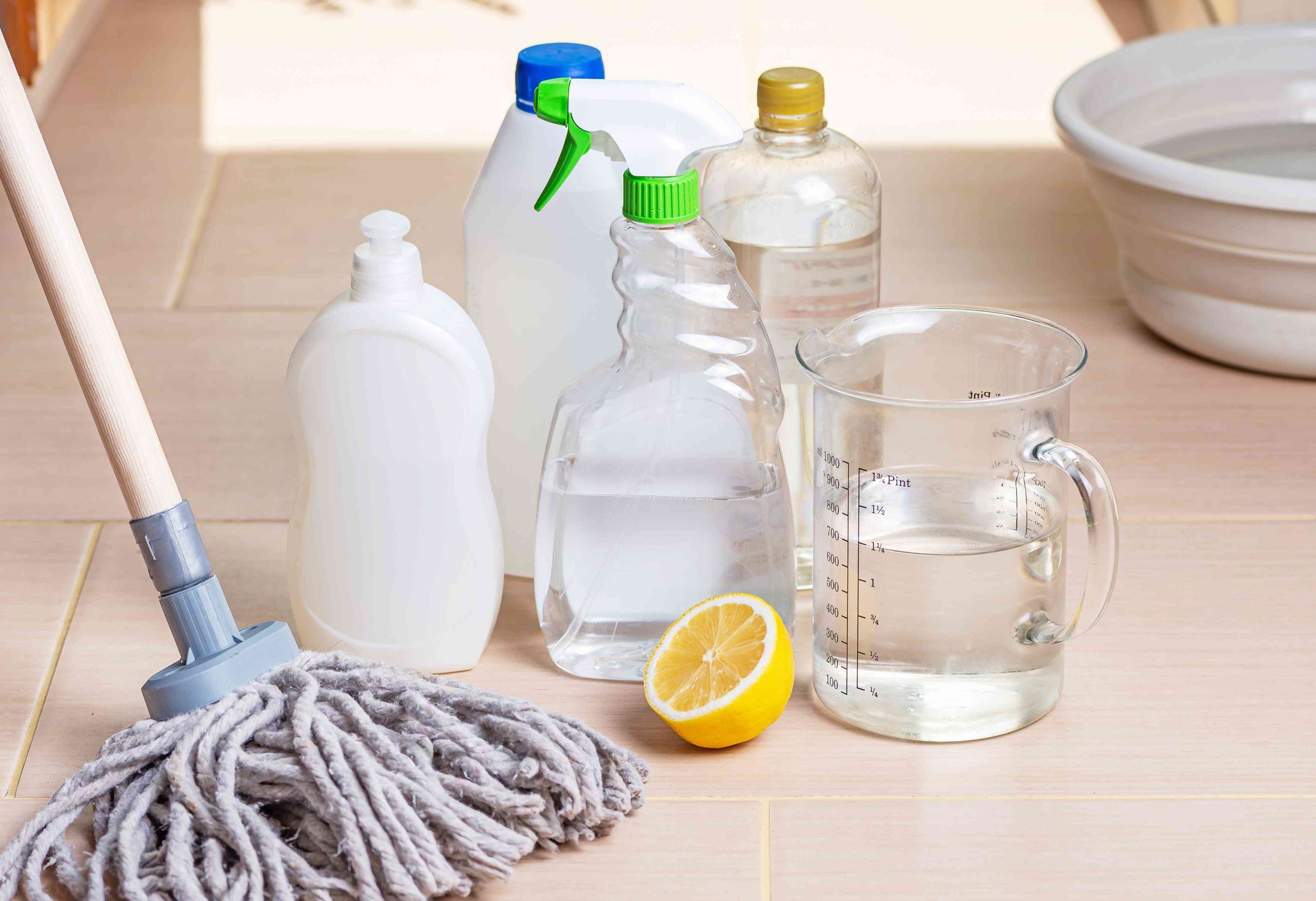

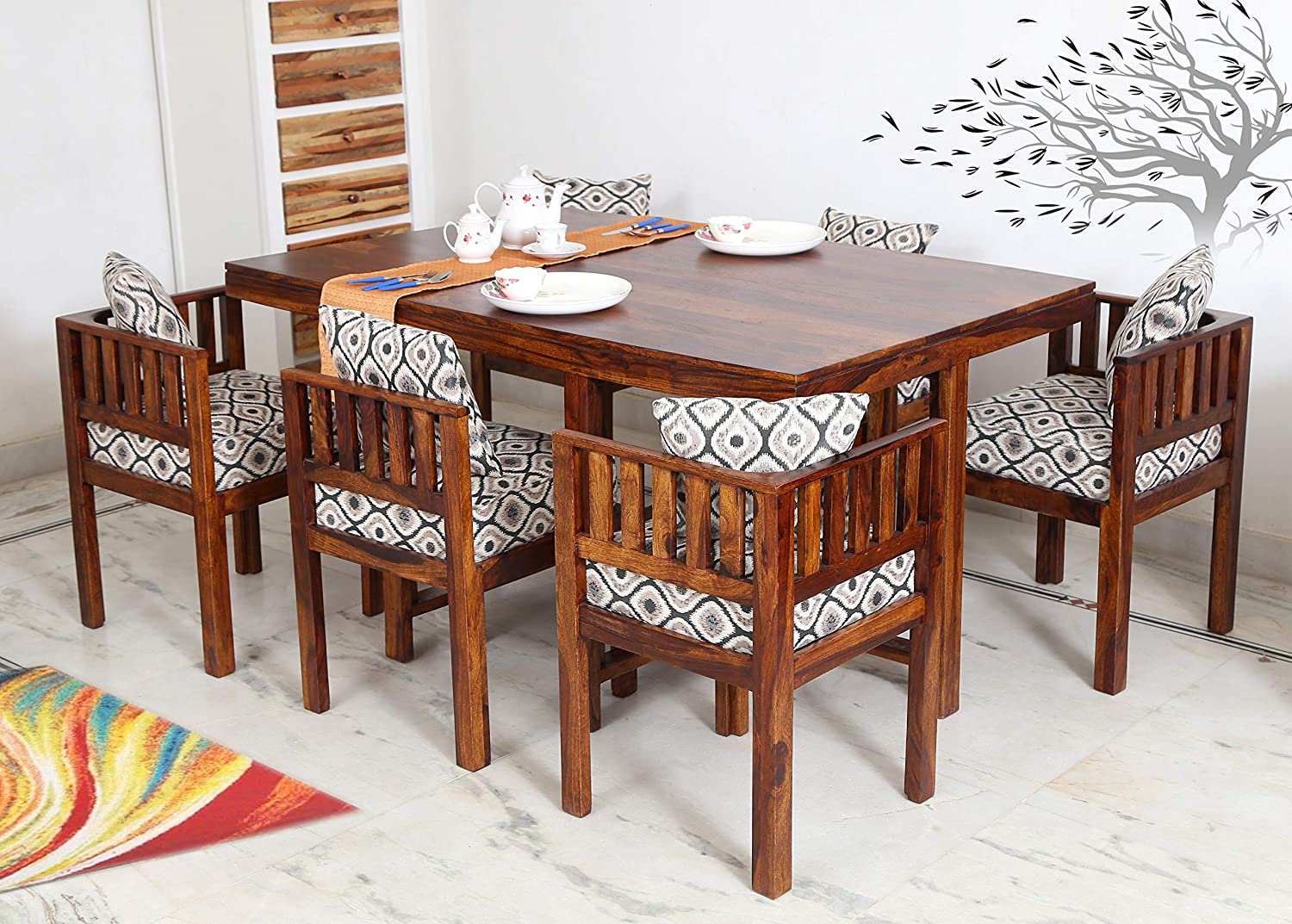
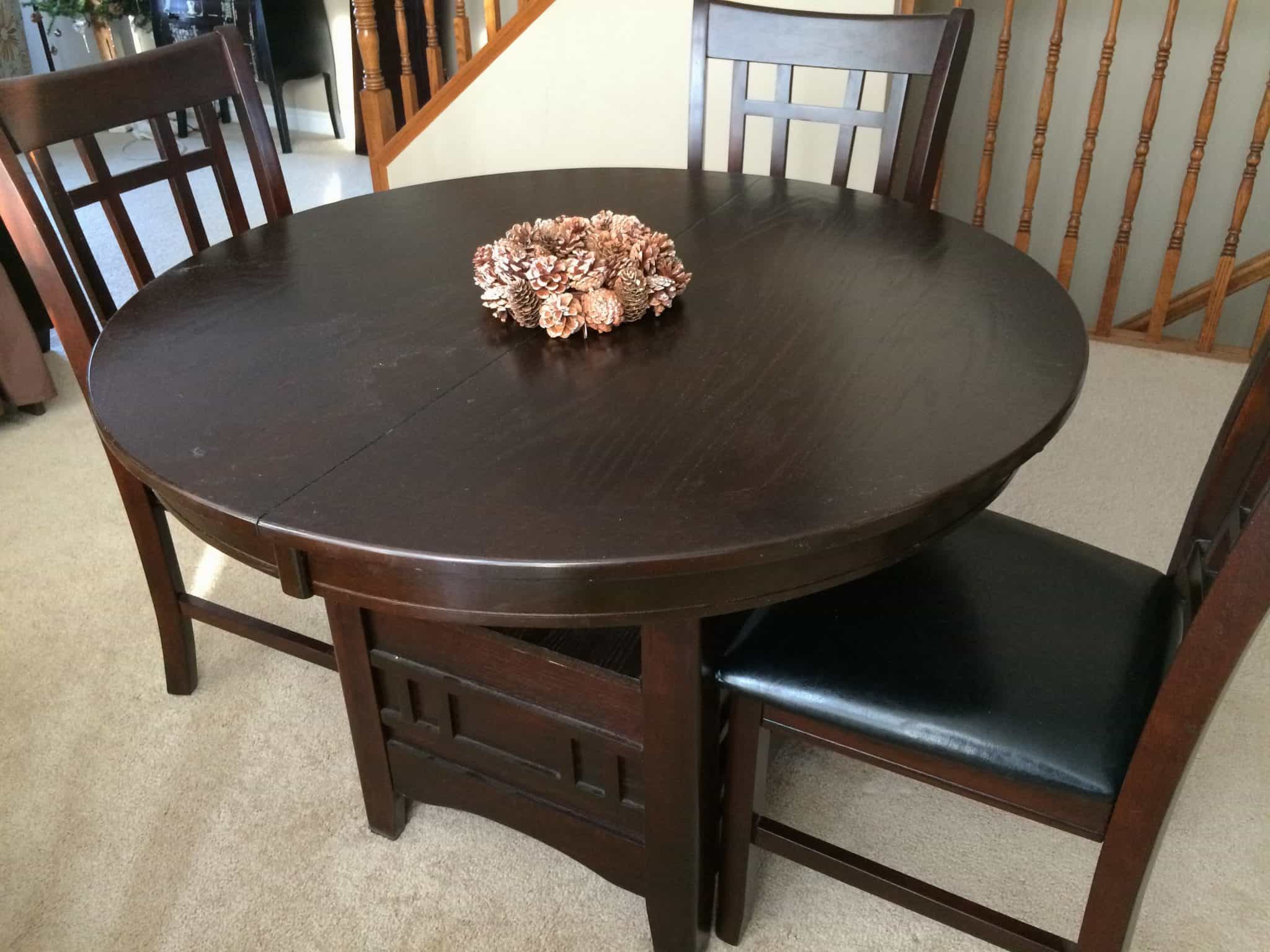
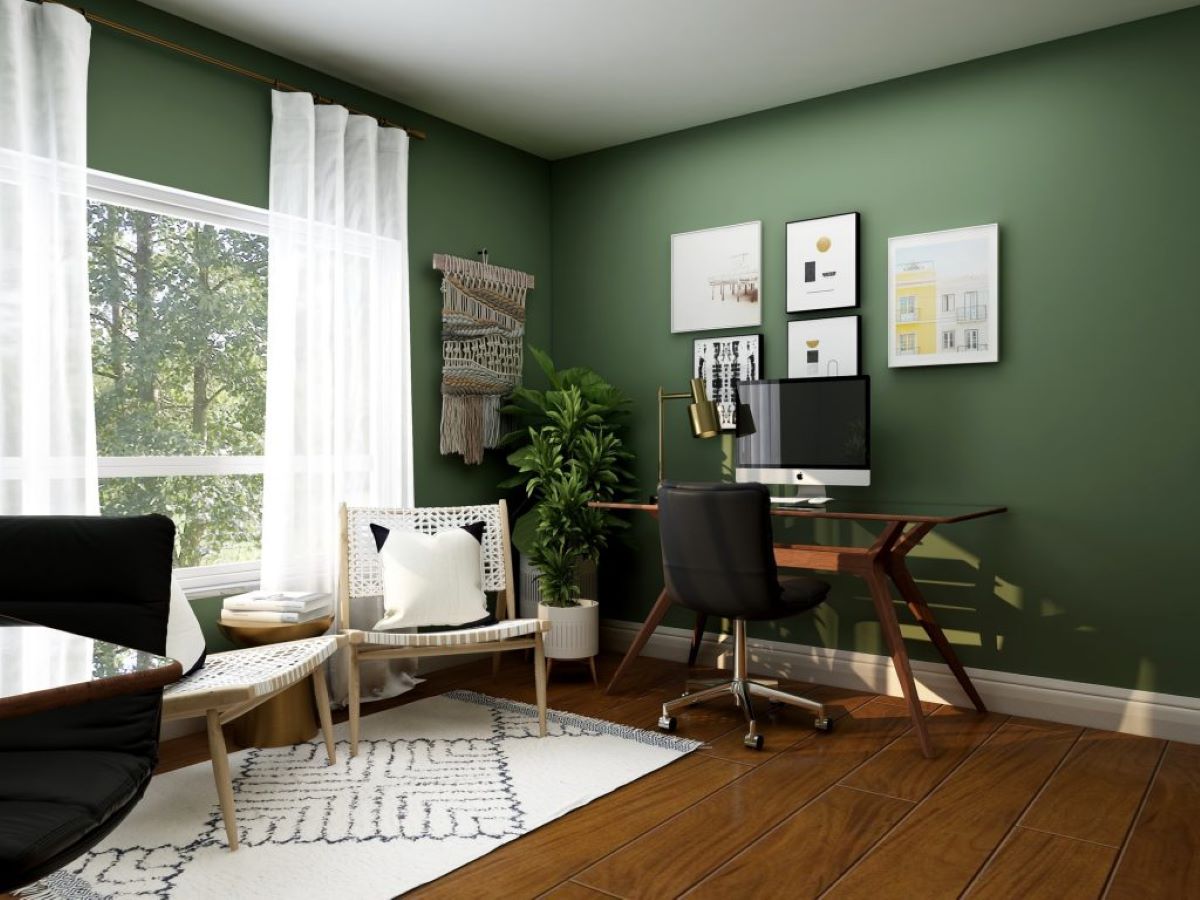
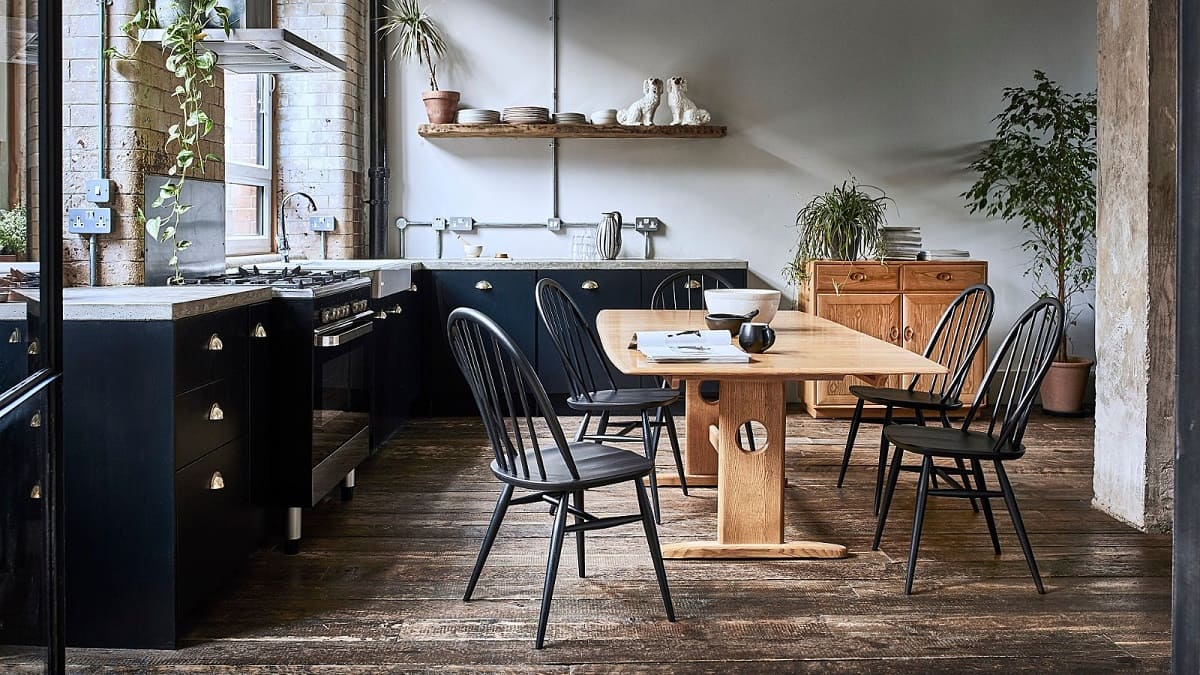
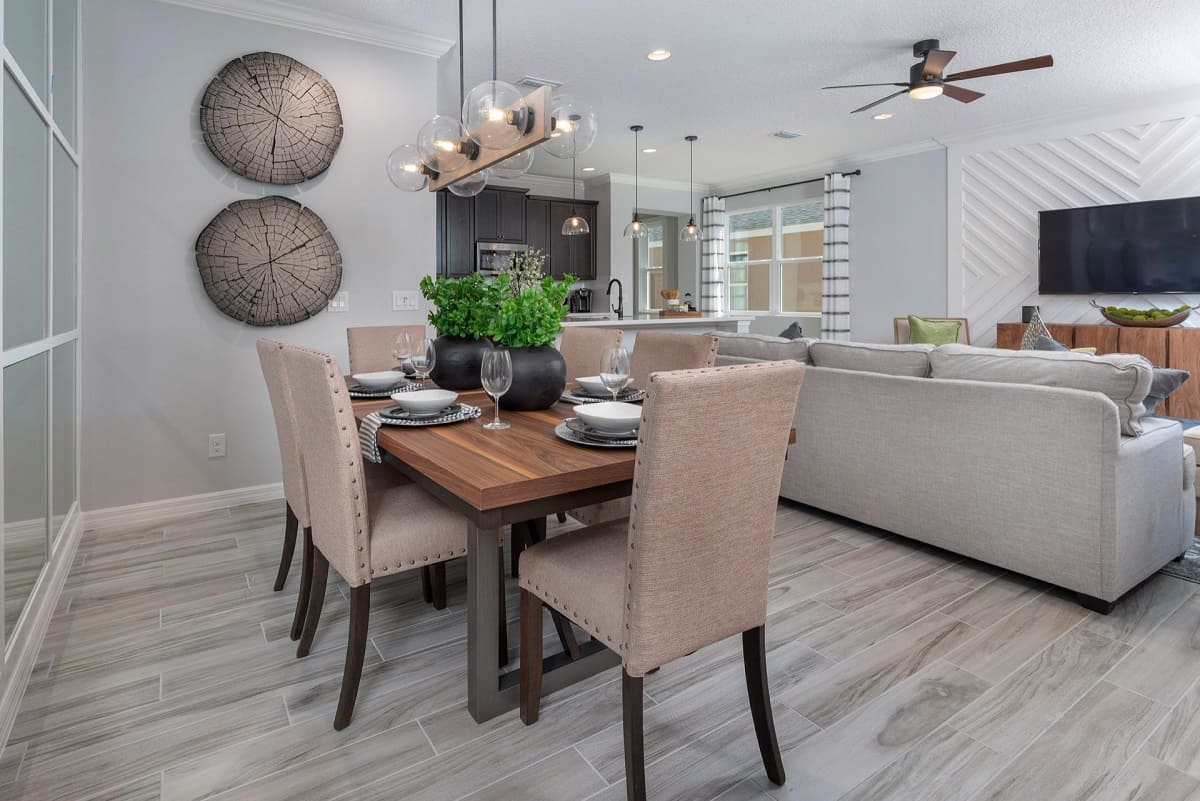
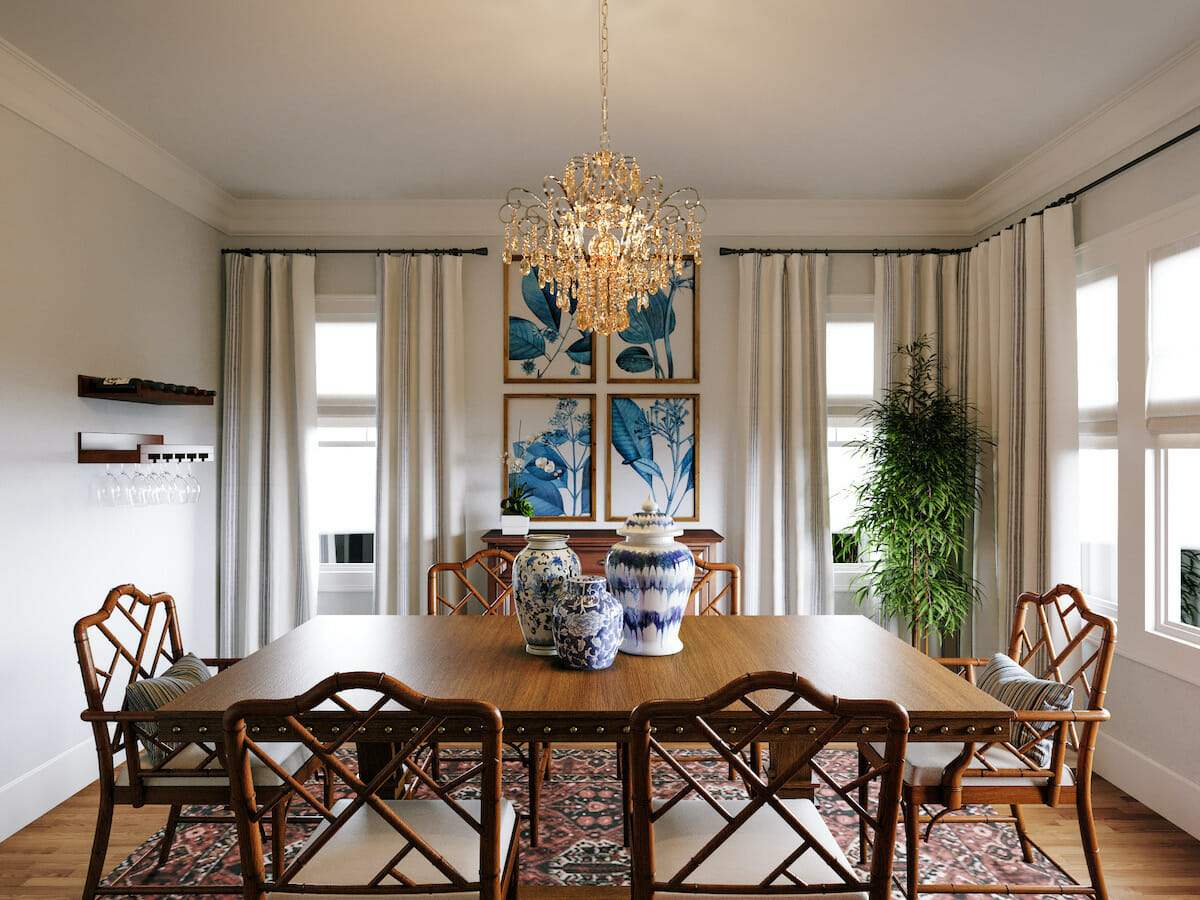
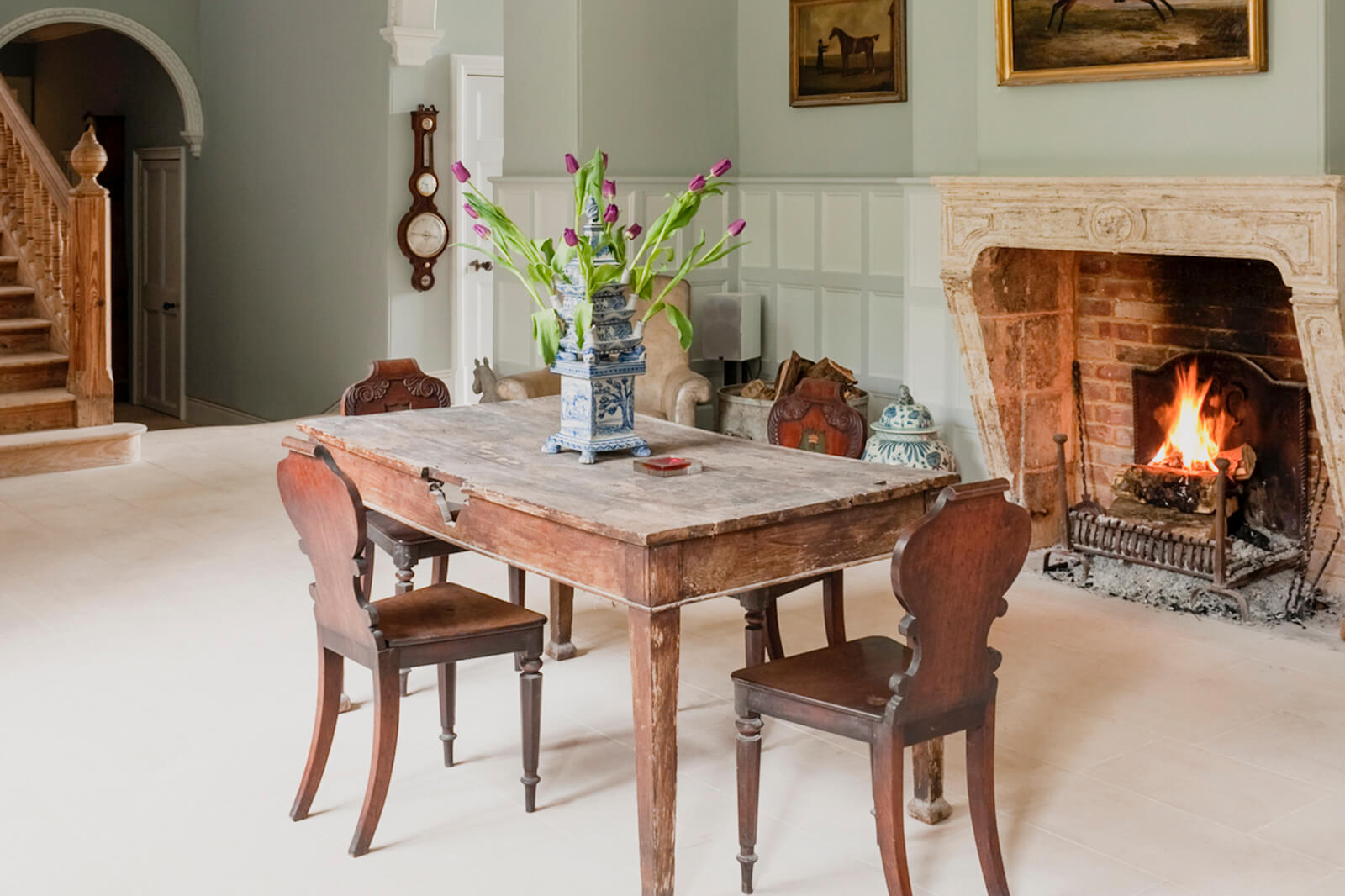
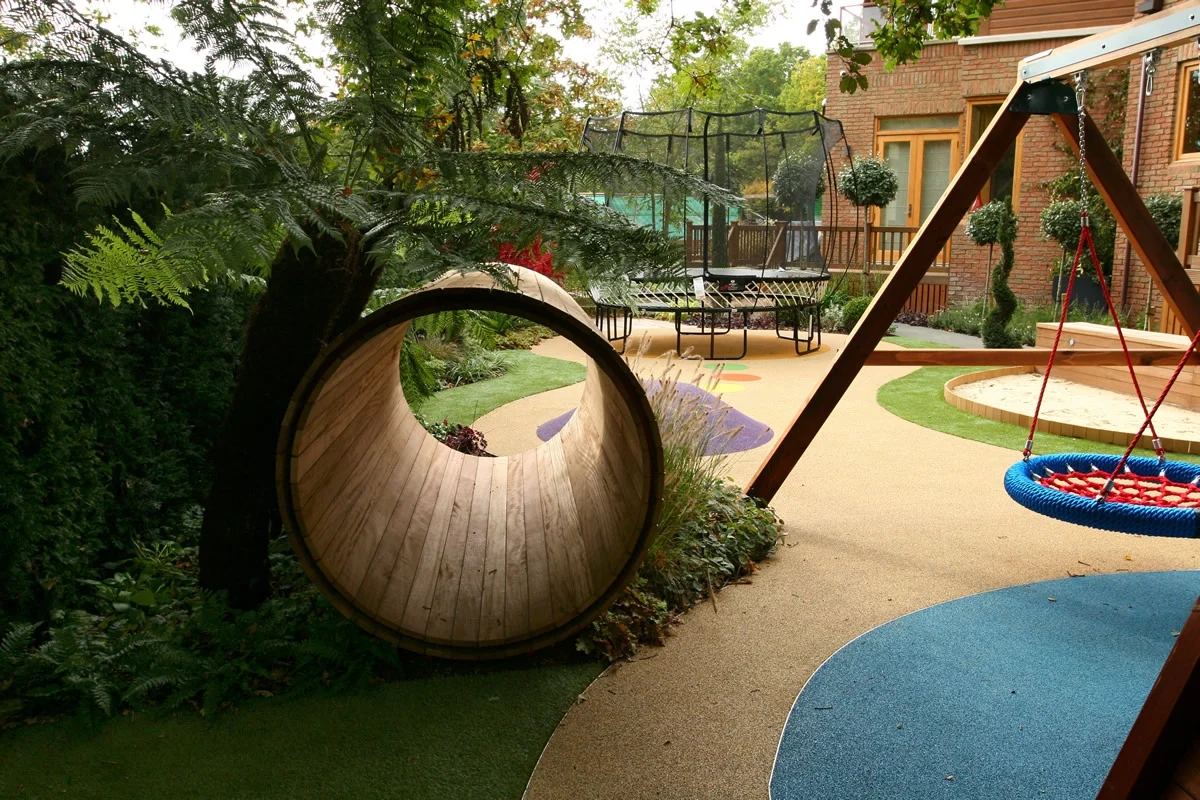
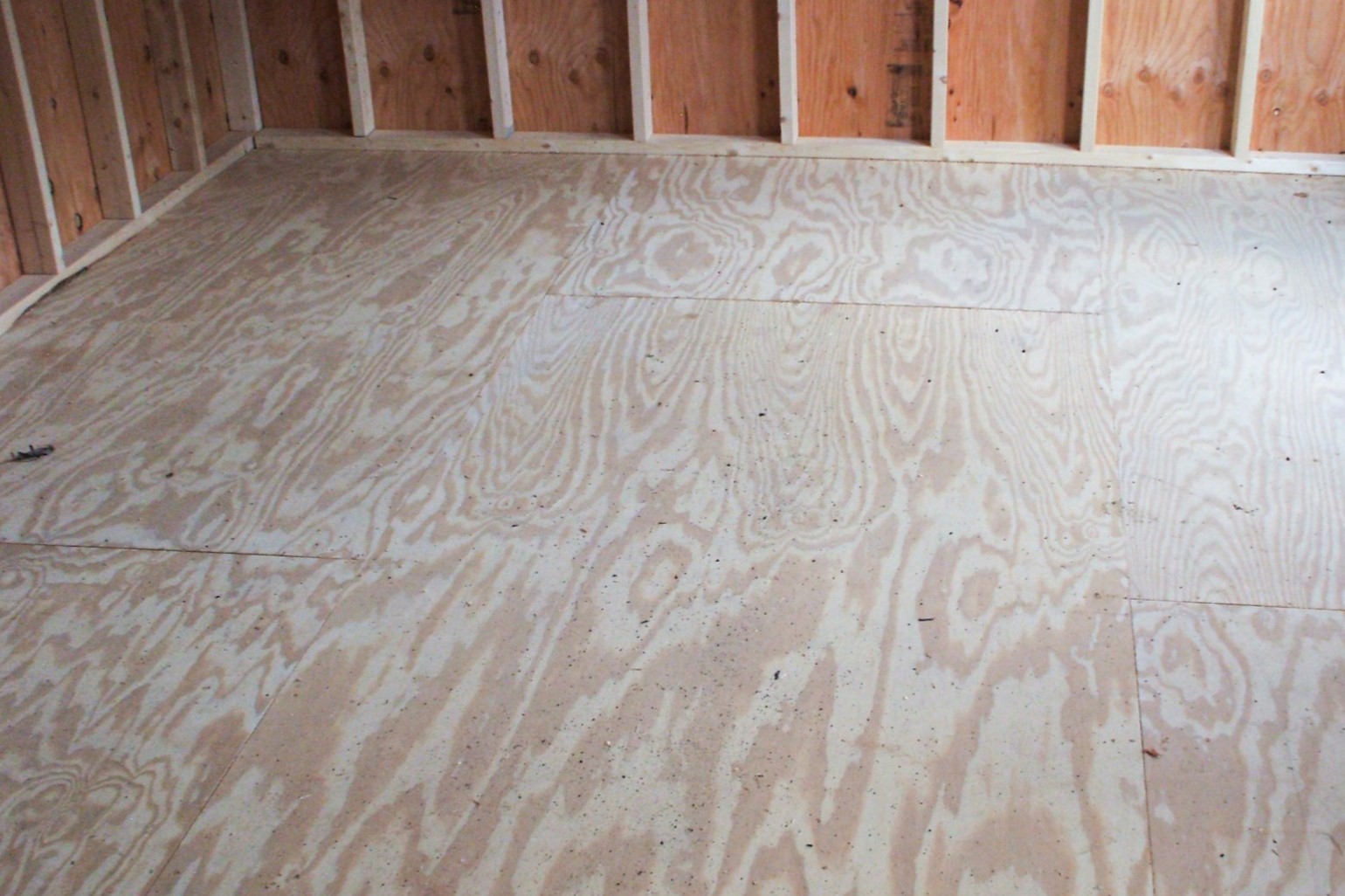

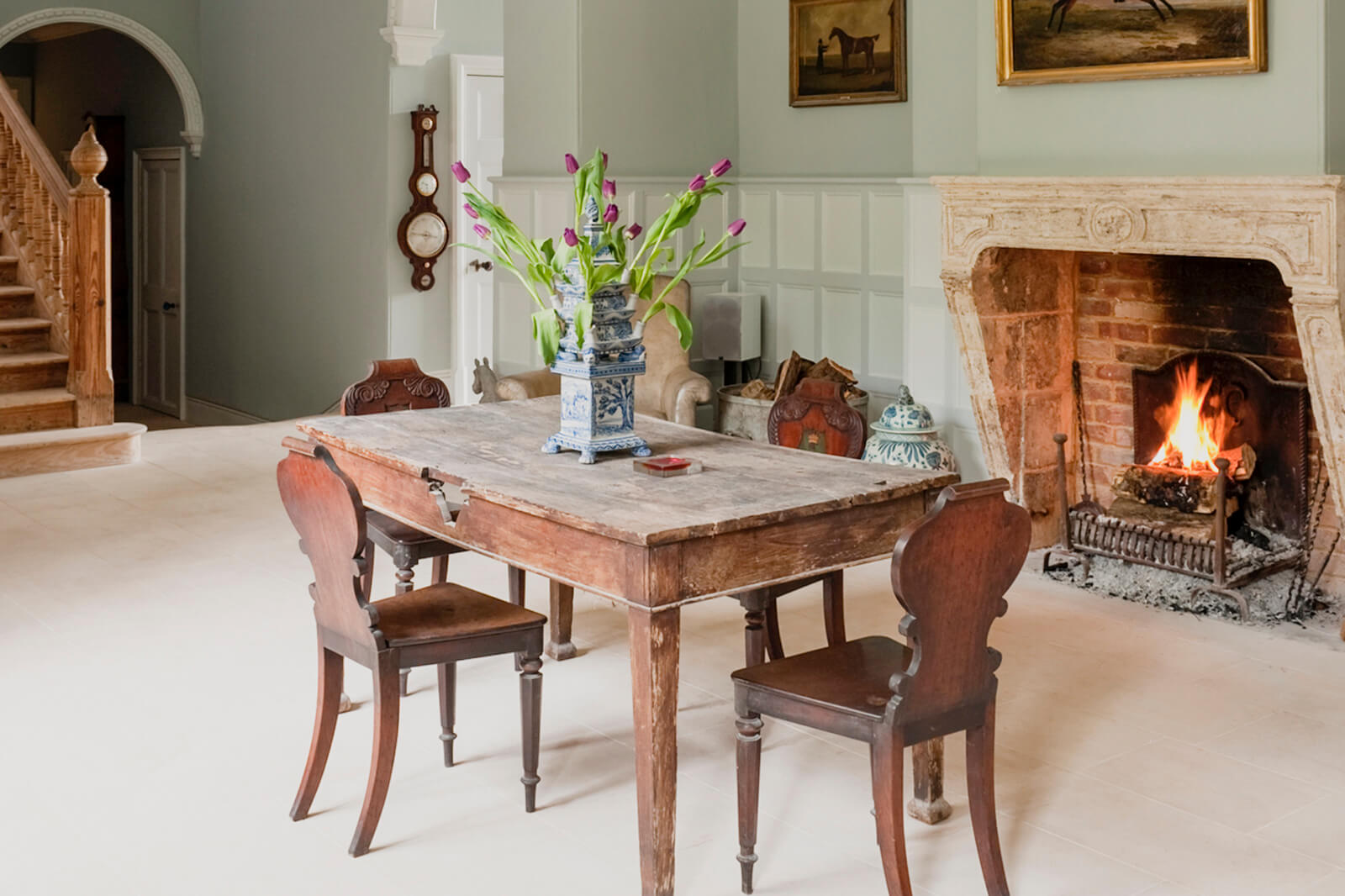

0 thoughts on “What Qualities Do Floor Coverings Used In Kitchen And Dining Areas Require?”